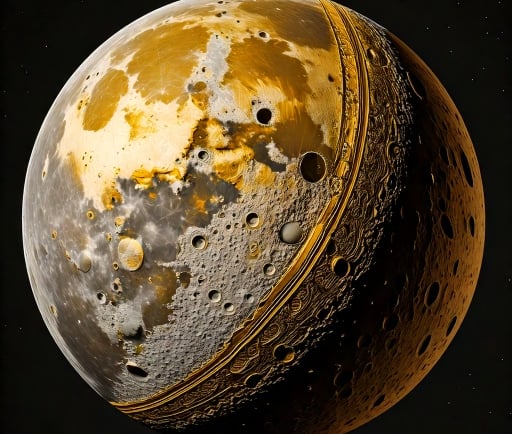Titan: The Largest Moon of Saturn


Introduction to Titan
Titan, the largest moon of Saturn, holds the title of the second-largest moon in our solar system. It is a celestial body that continues to intrigue scientists and space enthusiasts alike. Notably, Titan possesses a dense atmosphere, making it unique among the numerous moons orbiting our planets. This blog post will delve into the characteristics of Titan, focusing on its atmospheric composition, surface features, and what makes it an object of scientific interest.
Unique Atmospheric Features
Titan stands out not only for its size but also for possessing the densest atmosphere of any moon in the solar system. Unlike Earth's atmosphere, which is primarily made of nitrogen and oxygen, Titan’s atmosphere is rich in nitrogen and contains methane and hydrogen. The presence of these gases creates a thick orange haze that obscures the surface from direct view. This intriguing atmospheric composition has led researchers to draw comparisons with early Earth’s atmosphere, making Titan a fascinating subject in understanding planetary formation and atmospheric sciences.
Surface Conditions and Theoretical Implications
Despite its distance from the Sun, Titan experiences surface temperatures that hover around minus 290 degrees Fahrenheit (minus 179 degrees Celsius). These frigid temperatures allow for unique geological processes, including liquid methane rivers and lakes. The study of Titan provides insights into how bodies with thick atmospheres behave in extreme conditions, producing theoretical implications for planetary exploration. Additionally, the possibility of prebiotic conditions raises questions about life beyond Earth, further emphasizing Titan’s significance in astrobiology.
In conclusion, Titan's status as the largest moon of Saturn and its only moon with a dense atmosphere makes it an extraordinary point of interest in solar system exploration. Its atmospheric features, surface conditions, and potential for prebiotic chemistry continue to fuel curiosity and research. As scientists work to uncover more secrets of this distant moon, Titan may hold keys to understanding not only the mechanics of moons and planets but also the essence of what makes a world capable of hosting life.
